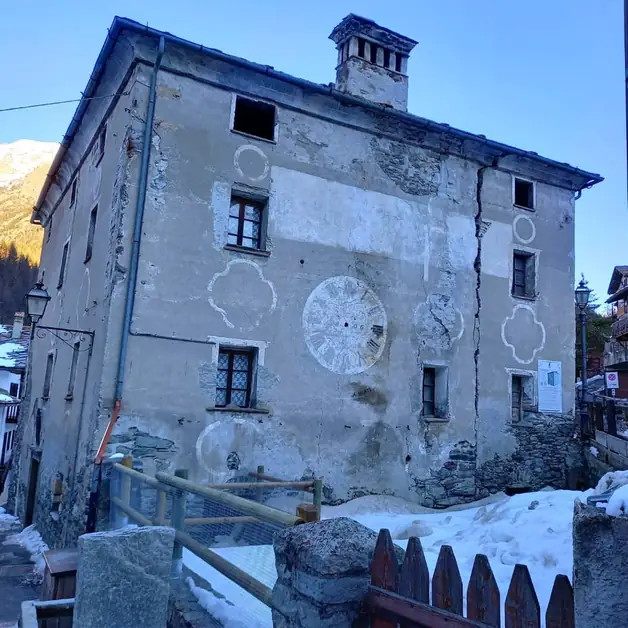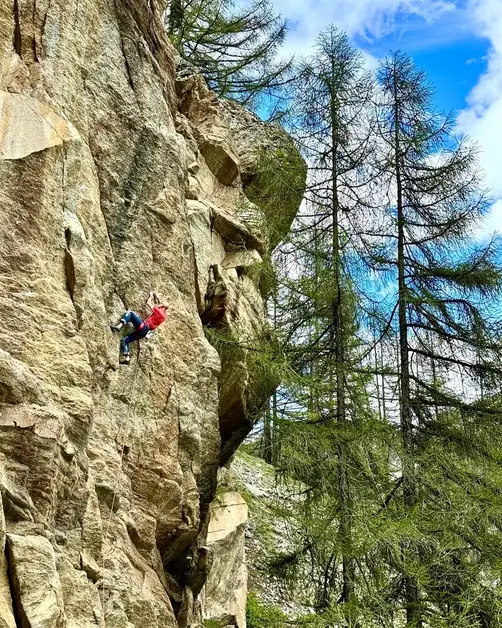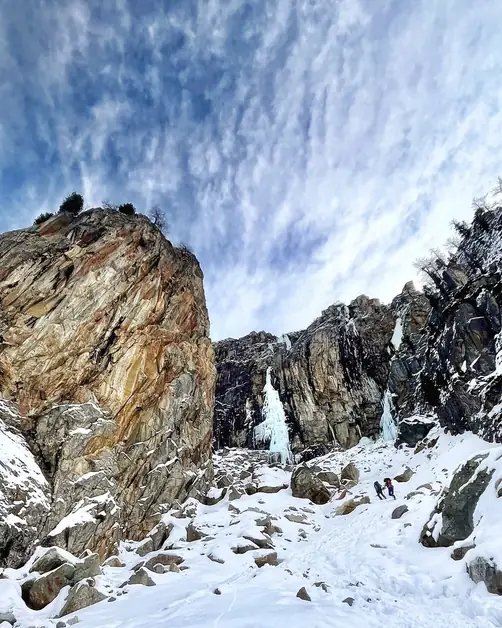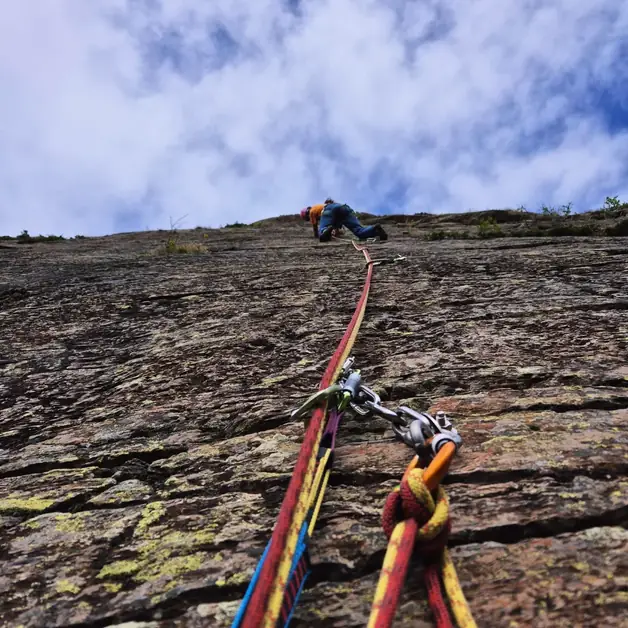Cogne in a day between history and nature
Discover what to see in Cogne in one day.

What to see in Cogne in one day?
Cogne is located in the Aosta Valley, in the province of Aosta, a few kilometers from the border with Piedmont. It is an alpine village immersed in nature, known as the gateway to the Gran Paradiso National Park. Those visiting Cogne in just one day can discover a historic center rich in traditions and panoramas, with monuments, squares, and legends that tell centuries of history.
At what altitude is Cogne?
The historic center of Cogne is situated at 1,544 meters above sea level. The altitude makes it ideal both in summer, for fresh and panoramic walks, and in winter, when the town transforms into a tourist destination linked to cross-country skiing.
How to get to Cogne in one day?
To reach Cogne by car, you take the A5 motorway or the state road 26. Those arriving from France can pass through the Mont Blanc Tunnel, while those coming from Switzerland can use the Gran San Bernardo. The regional road 47 starts from Sarre and leads directly to Cogne after about 23 kilometers, which can be covered in half an hour. There is no direct train connection: one must get off in Aosta and continue by bus.
Which valleys branch off from Cogne?
From Cogne, five valleys branch off: Valnontey, to the south, at the foot of Gran Paradiso. Vallone di Grauson, to the north. Vallone dell’Urtier, to the southeast. Valeille, also to the southeast. Vallone di Gimillan, to the east. This position makes Cogne a privileged starting point for excursions and walks.
What is the first monument to see in Cogne in one day?
The route starts from the Church of Sant’Orso, which dominates the historic center with its facade and bell tower visible from afar. The church dates back to the 13th century but has been rebuilt several times due to floods and renovations. Inside, there are five wooden altars from the 18th century and modern decorations made by the painter Nino Pirlato. The presbytery is topped by an octagonal dome that illuminates the environment in a suggestive way.
What is the legend associated with the Church of Sant’Orso?
According to tradition, the inhabitants of Cogne wanted to build a church in the Lisardey fraction, on the bank of the Grand Eyvia stream. But the relics brought inside mysteriously disappeared and were always found on the other bank. It became clear that the place chosen by divine will was the current one, where the Church of Sant’Orso now stands.
What does the Casa dei Pizzi represent in Cogne?
In front of the church is the Casa dei Pizzi, the seat of the Confraternity of the Holy Spirit, which in medieval times distributed bread and wine to the poor. The building was rebuilt in 1757 and also housed the Capuchins of Aosta, who periodically came to preach. Today it houses a permanent exhibition dedicated to the lace-making of Cogne, a tradition that began in 1665 by the Benedictine nuns and has been passed down to the present day.
What is the most important medieval building in Cogne?
Right behind the Casa dei Pizzi stands the Bishop's Tower, also known as Château Royal. Built in the 12th century, it was the residence of the bishops of Aosta and later the property of Vittorio Emanuele II, who used it for ibex hunting. The structure has undergone numerous modifications and has been used as a royal castle, hotel, and finally a private residence.
What is the historic square of Cogne?
The Grandze Place Commune was the meeting point of the community. Here, municipal announcements were read, and the population made decisions together with the mayors. Today, the square has a triangular shape, with pastel-colored houses and shops on the ground floor, and is one of the most picturesque spaces in the village.
Why is the Prato di Sant’Orso famous?
The Prato di Sant’Orso is a green expanse of about 50 hectares, protected by the municipality and considered a “Wonder of Italy.” From the meadow, there is a spectacular view of the Gran Paradiso and the surrounding mountains. In winter, it becomes a cross-country skiing track, while in summer it is a place for walks and an agricultural area for hay production.
What is the symbolic fountain of Cogne?
At the beginning of the meadow is the Fontana di Ferro, built in 1816 by César-Emmanuel Grappein. Made of cast iron, it weighs about 17 quintals and is decorated with plaques and a cross from 1809. A symbol of Cogne's mining activity, it is still functional today and provides fresh water to visitors.
What is the Casa dell’Orologio?
The Casa dell’Orologio, or house of Dr. Grappein, is an 18th-century building with noble decorations. Grappein had two external clocks installed, which gave the building its name. The interior preserves vaulted corridors, hearths, and wooden ceilings, testifying to the living style of 18th-century Cogne.
What is the most frequented square today in Cogne?
Piazza Chanoux is the modern heart of the town. Here you will find the town hall, an exhibition space about the mines, bars, and restaurants where you can taste typical Aosta Valley dishes. The square is on two levels and today represents the main meeting point for residents and tourists.
Is it possible to visit Cogne and go trekking in the same day?
Yes, thanks to the village's location. After visiting the historic center, you can choose a short excursion in the surroundings, such as a walk to the Prato di Sant’Orso or an itinerary in the nearby Valnontey. In this way, in just one day, you can combine history, culture, and nature.




